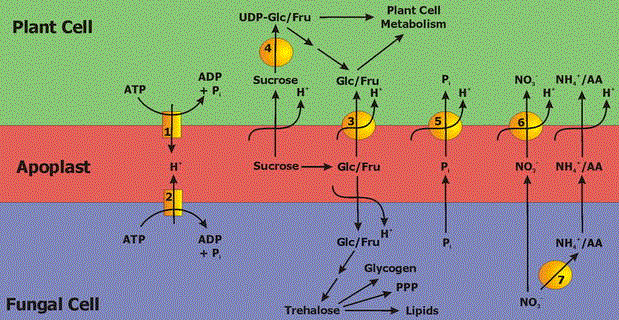
Fig. 1 Survey of the morphology of an arbuscule-containing
root cortex cell.
a Scheme of a young arbuscule
(red) within a root cortex cell. The fungal hypha
penetrates the cell wall (grey) and undergoes branching
leading to the formation of an arbuscule. The arbuscule is surrounded
by the plant cytoplasm (orange) which contains
high numbers of organelles (plastids - dark
green, mitochondria - purple, ER - yellow).
Fungal hyphae and plant cytoplasm are separated by the periarbuscular
membrane (light grey). The plant cell nucleus
(blue) moves into the centre of the arbuscule; the vacuole
(light green) fragments after the arbuscule is fully developed.
b GFP-labelled plastids forming a network-like
structure, which covers the arbuscule. Mycorrhizal roots of stably
transformed tobacco plants, expressing a plastid-directed GFP
(kindly provided by M. Hanson, New York, USA), were analysed
by confocal laser scanning microscopy (CLSM). The superposition
of 20 optical sections is shown. Bar represents 10 μm.
c Visualization of ER in arbusculated cells. Mycorrhizal
roots of transgenic N. benthamiana plants expressing
ER-targeted GFP (kindly provided by D. Baulcombe, Norwich) were
processed for immunolocalization according to Hans et al. (2004).
Cross-sections were probed with anti-GFP antibody followed
by a fluorescence-labelled secondary antibody. Micrographs were
taken by CLSM showing GFP (green), DAPI-stained
nuclei (blue) and fungal structures stained with WGA-TRITC
(red). The superposition of 28 optical sections is shown.
Bar represents 10 μm.
arbuscule=樹枝状体、cortex=皮層、hypha=菌糸、cell wall=細胞壁、cytoplasm=細胞質、organelle=細胞小器官、plastid=色素体、mitochondrion(複数はmitochondria)=ミトコンドリア、ER=小胞体、membrane=膜、nucleus=核、vacuole=液胞、GFP(Green Fluorescent Protein)〔蛍光蛋白質〕、CLSM=共焦点レーザースキャン顕微鏡法、transgenic=遺伝形質転換性、antibody=抗体、DAPI(4',6-Diamidino-2-phenylindole)〔青紫色蛍光色素〕、WGA-TRITC(wheat germ agglutinin(コムギ胚凝集素) conjugated to tetramethylrhodamine isothiocyanate-dextran〔赤橙色蛍光色素〕)。

Fig. 2 Nutrient transfer in AM roots.
Enzymes and transporters
described to be specifically induced in AM roots are indicated.
Membrane transport of most metabolites can be expected
to be pH-dependent and to be powered by the activity of plant
(1) and fungal (2) H+ -ATPases. Fungal H+
-ATPases have been described not to be restricted to arbuscules,
suggesting active transport at intercellular hyphae as
well. Sucrose from the phloem is either cleaved
by apoplastic invertases and taken up by the plant (3)
or fungal hexose transporters or imported into root cortical
cells and cleaved there by a cytoplasmic sucrose synthase (4).
The fungus transforms hexoses rapidly into trehalose,
which is either metabolized by the pentose phosphate pathway,
or used for the biosynthesis of glycogen and lipids.
These compounds are then exported to fungal vesicles or
to the external mycelium. The plant cell takes up phosphate
from the periarbuscular space using specific, H+ -dependent
plant phosphate transporters (5). Regarding nitrogen supply,
AM-induced plant nitrate transporters (6) have been found, suggesting
a similar transport mechanism as referring to phosphate. On the
other hand, the observation of increased transcript levels of
a fungal nitrate reductase (7) suggests the transfer of nitrogen
in a reduced form (as ammonium or in an organic form). AA Amino
acids.
enzyme=酵素、metabolite=代謝(産)物、ATPase=ATPアーゼ、arbuscule=樹枝状体、intercellular=細胞間、sucrose=スクロース、phloem=師部、invertase=インベルターゼ、hexose=ヘキソース、pentose phosphate pathway=ペントースリン酸経路、glycogen=グリコーゲン、lipid=脂質、vesicle=嚢状体、mycelium=菌糸体。
〔Hause,B. and Fester,T.(2005): Molecular and cell biology of arbuscular mycorrhizal symbiosis. Planta, 221, 184-196.から〕